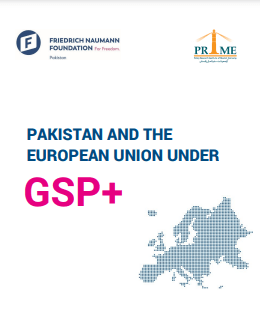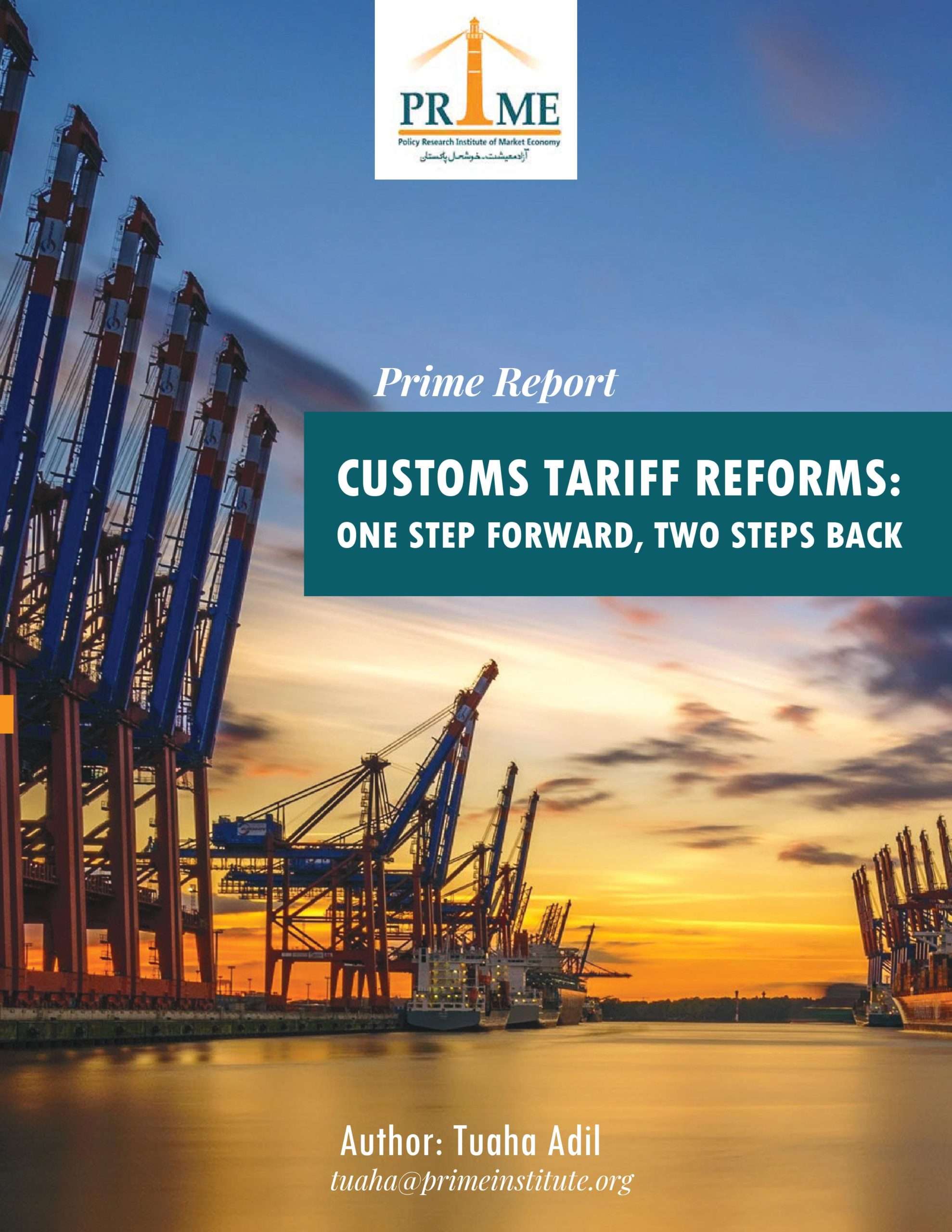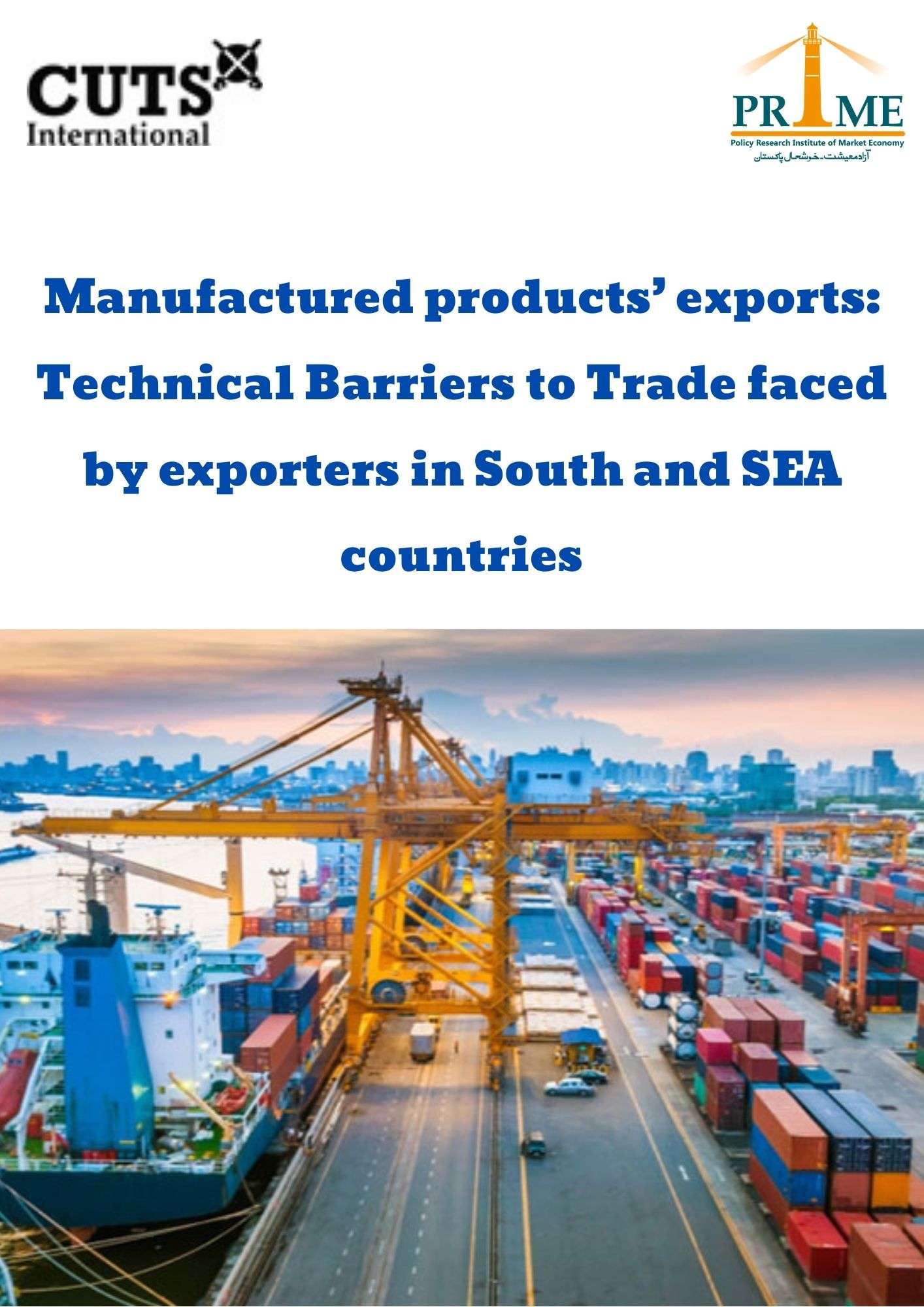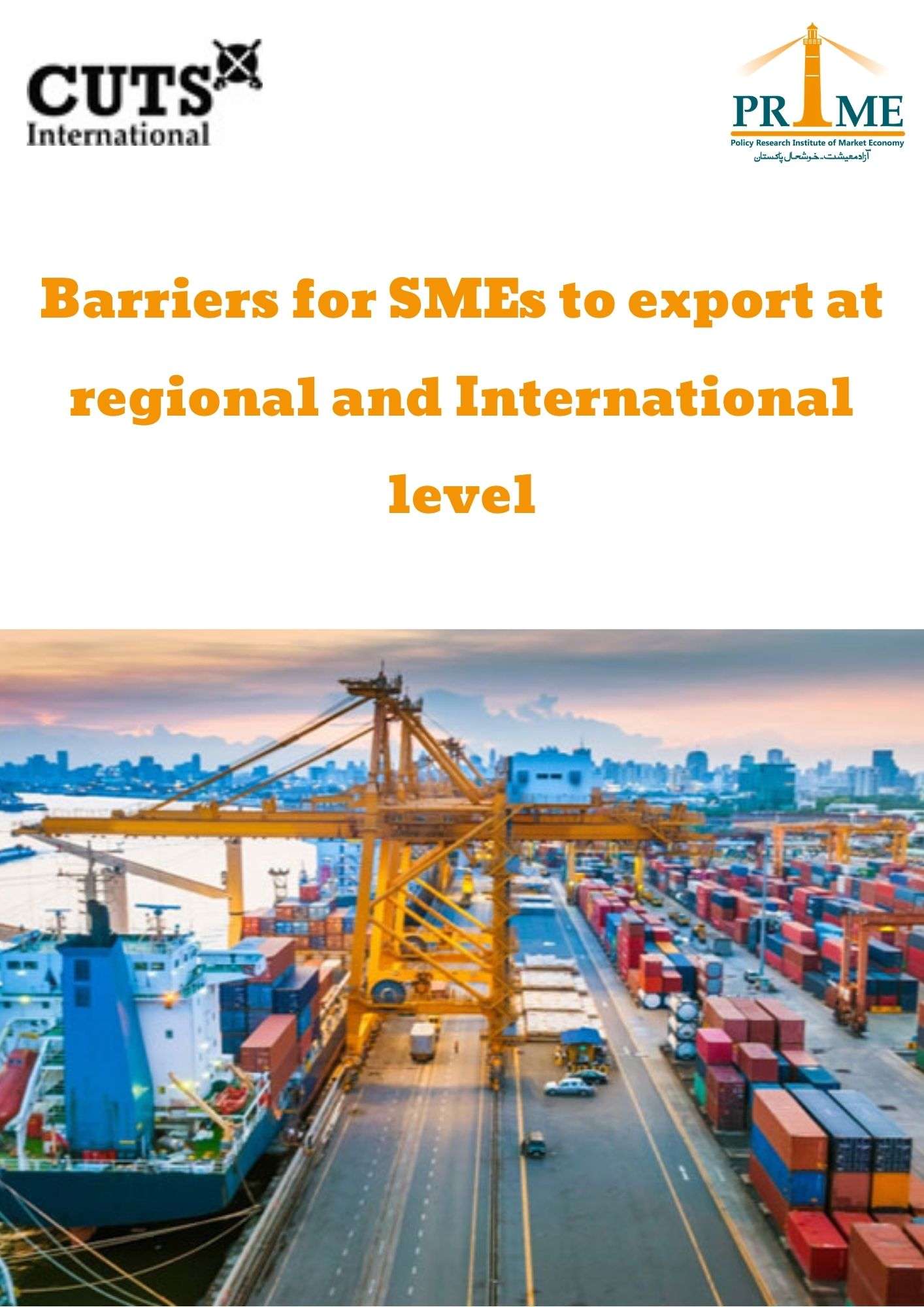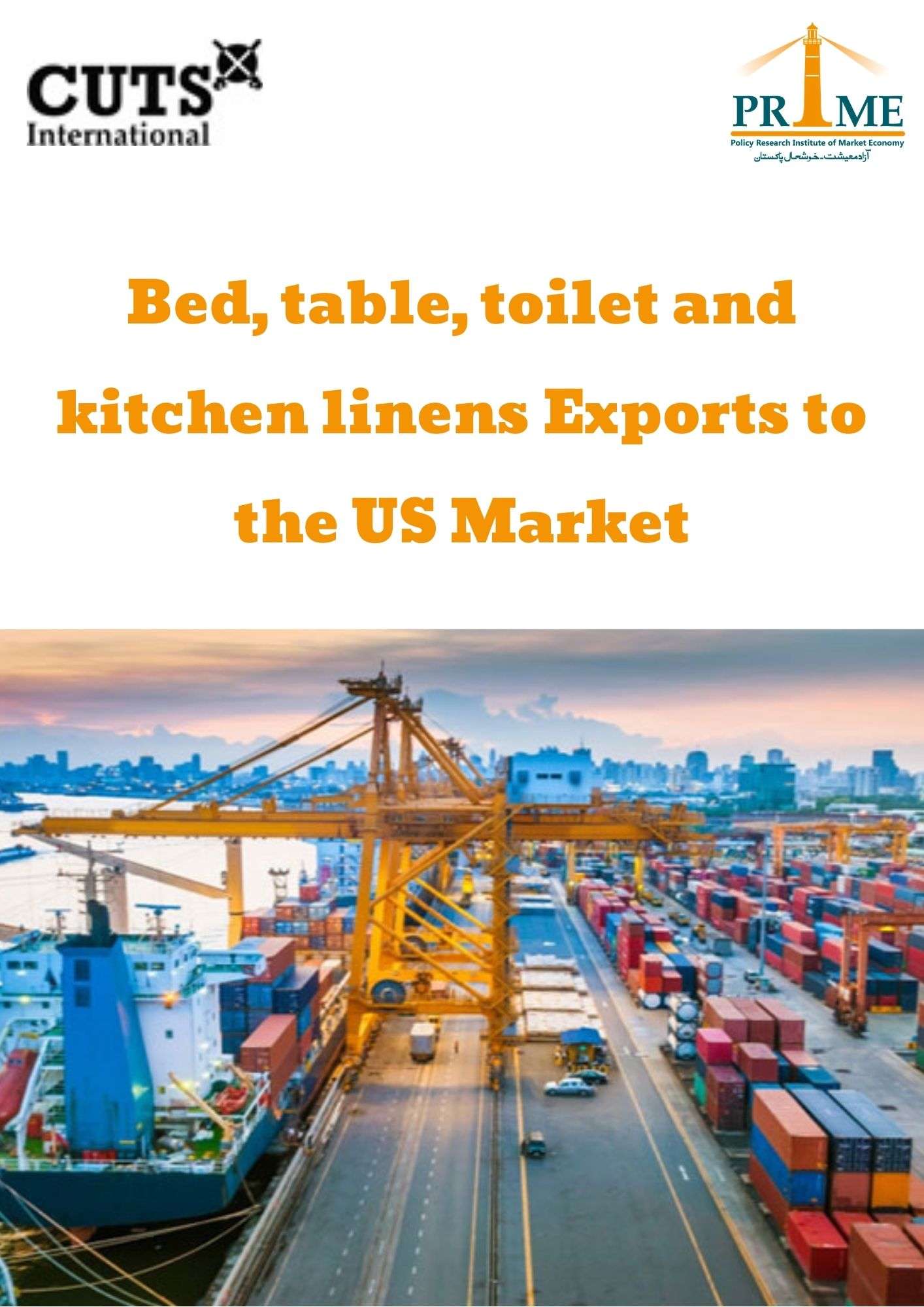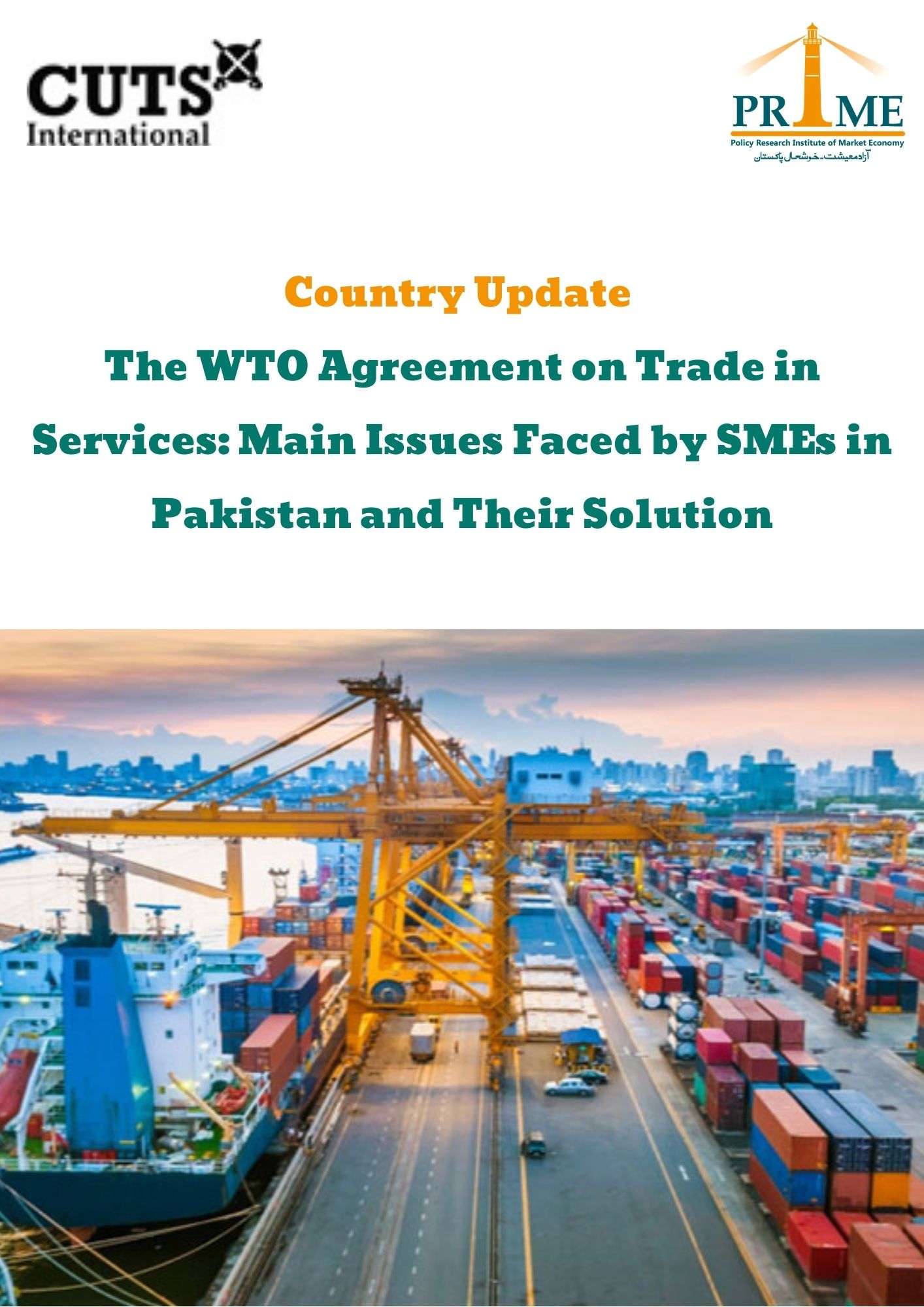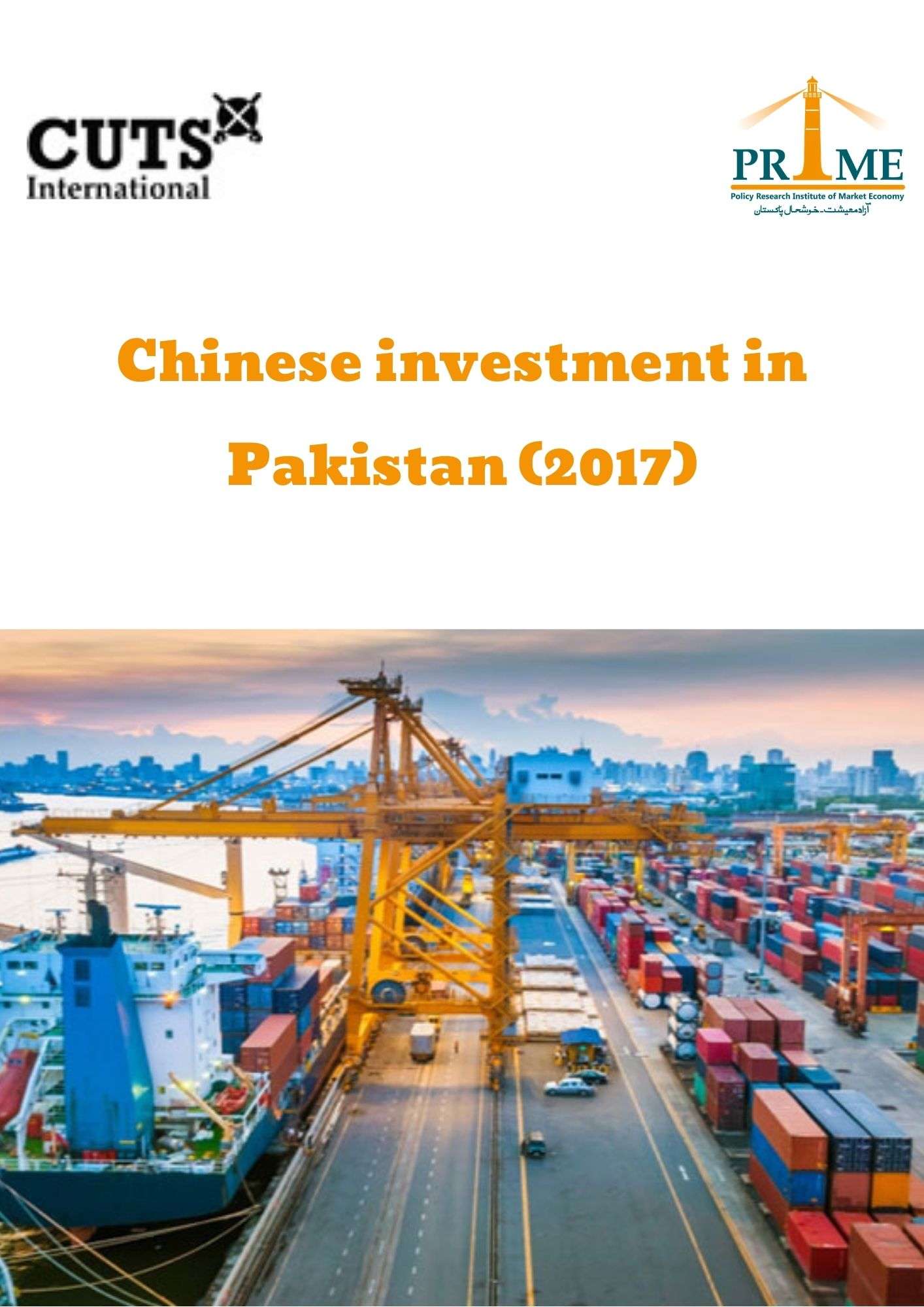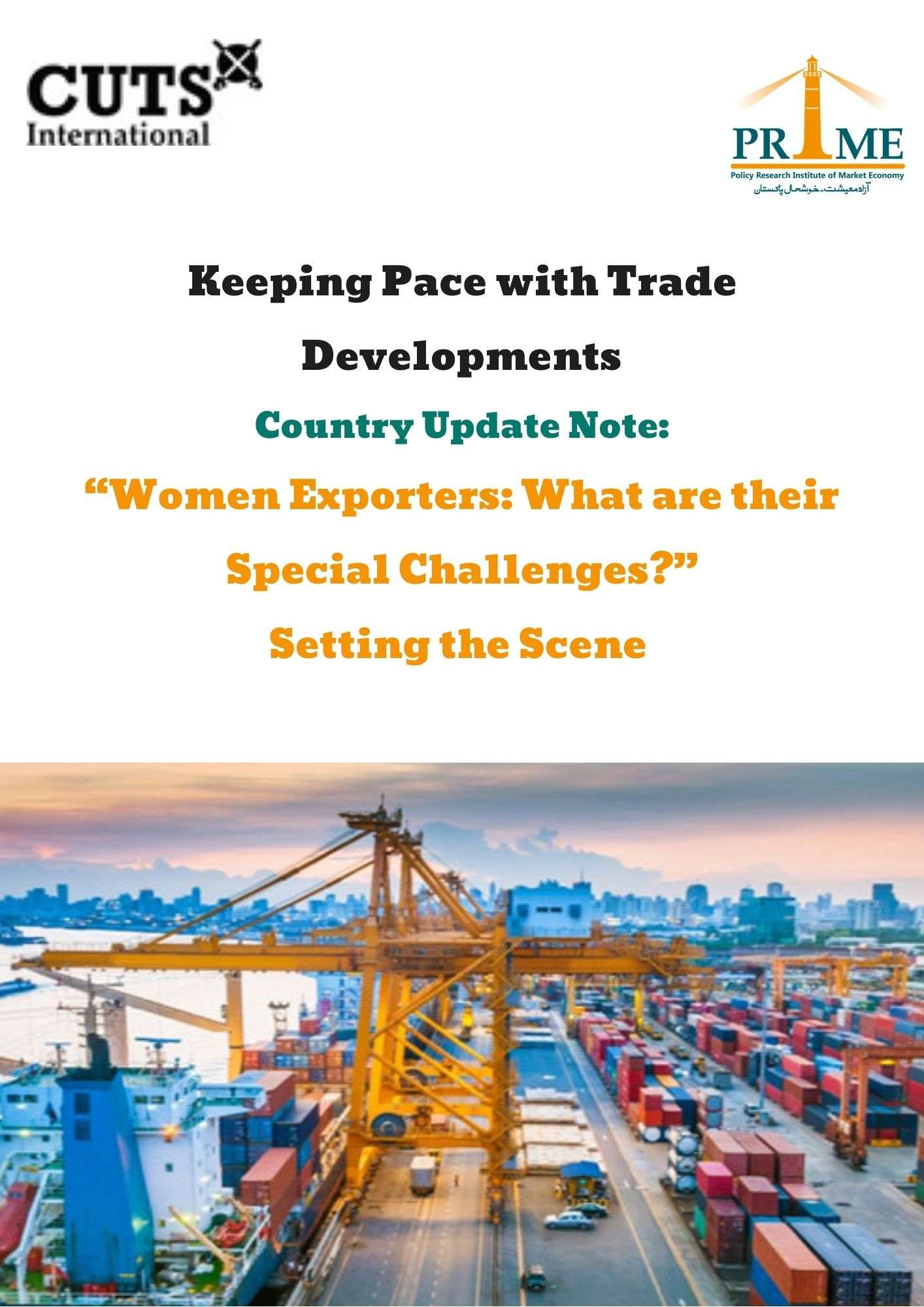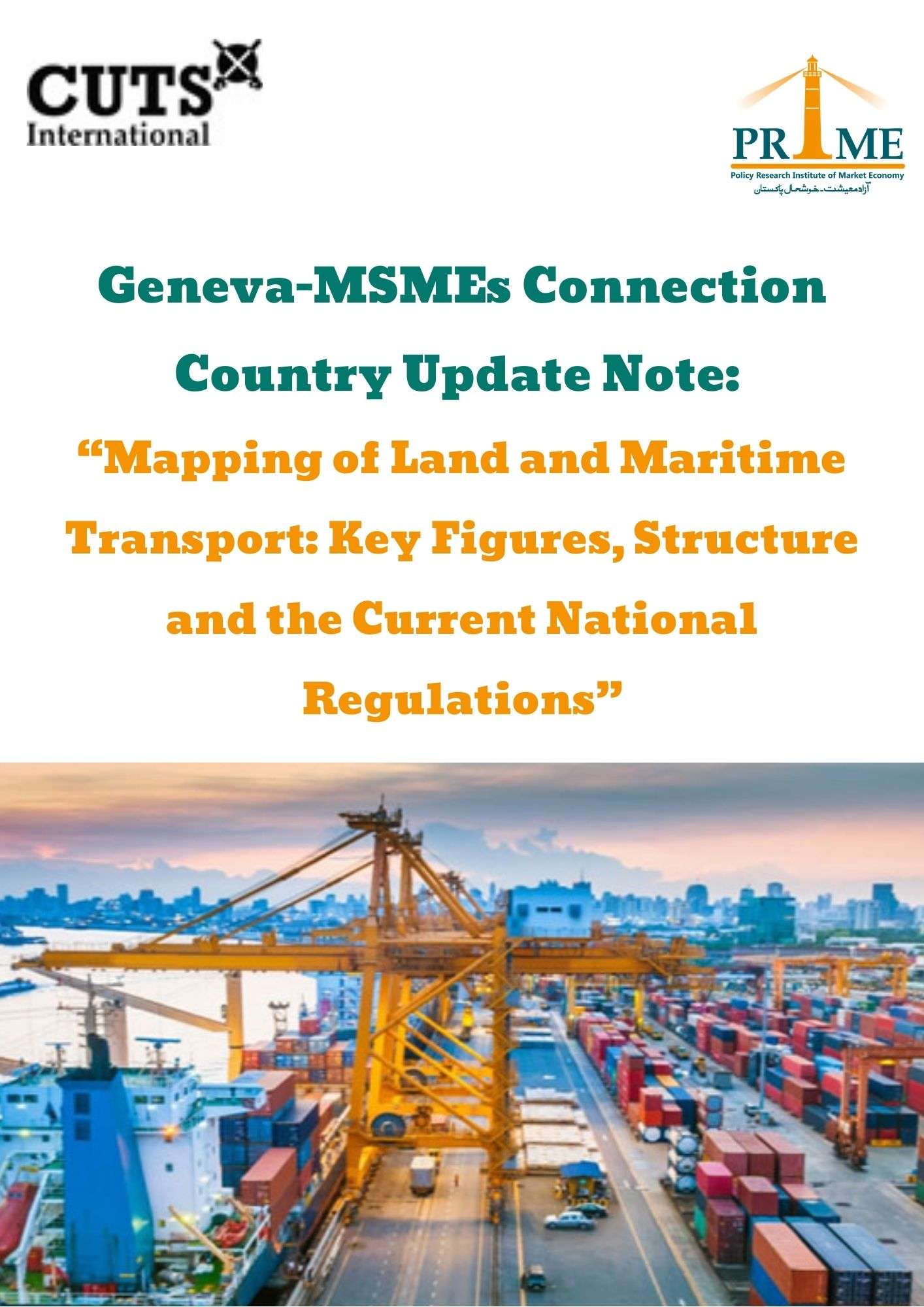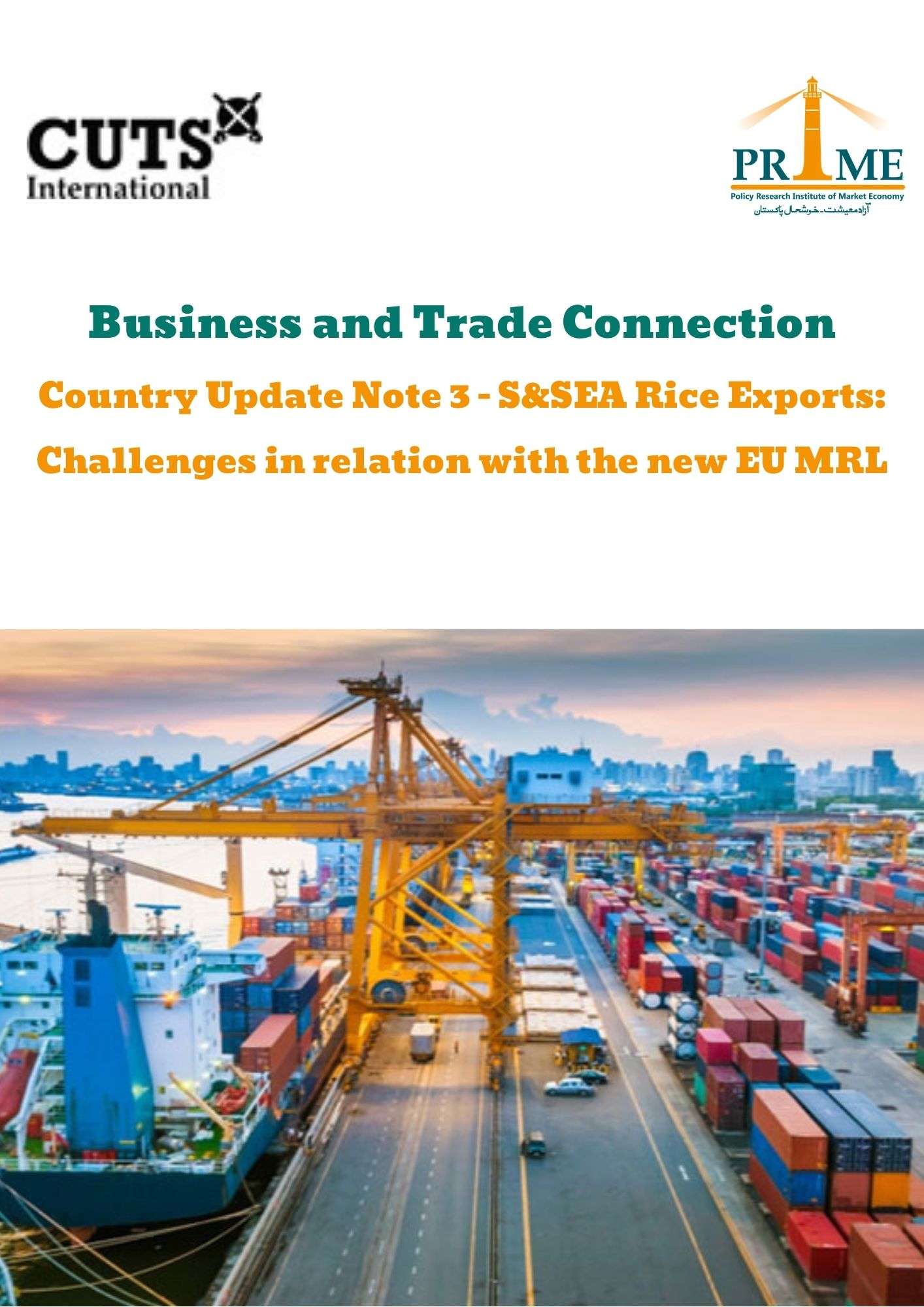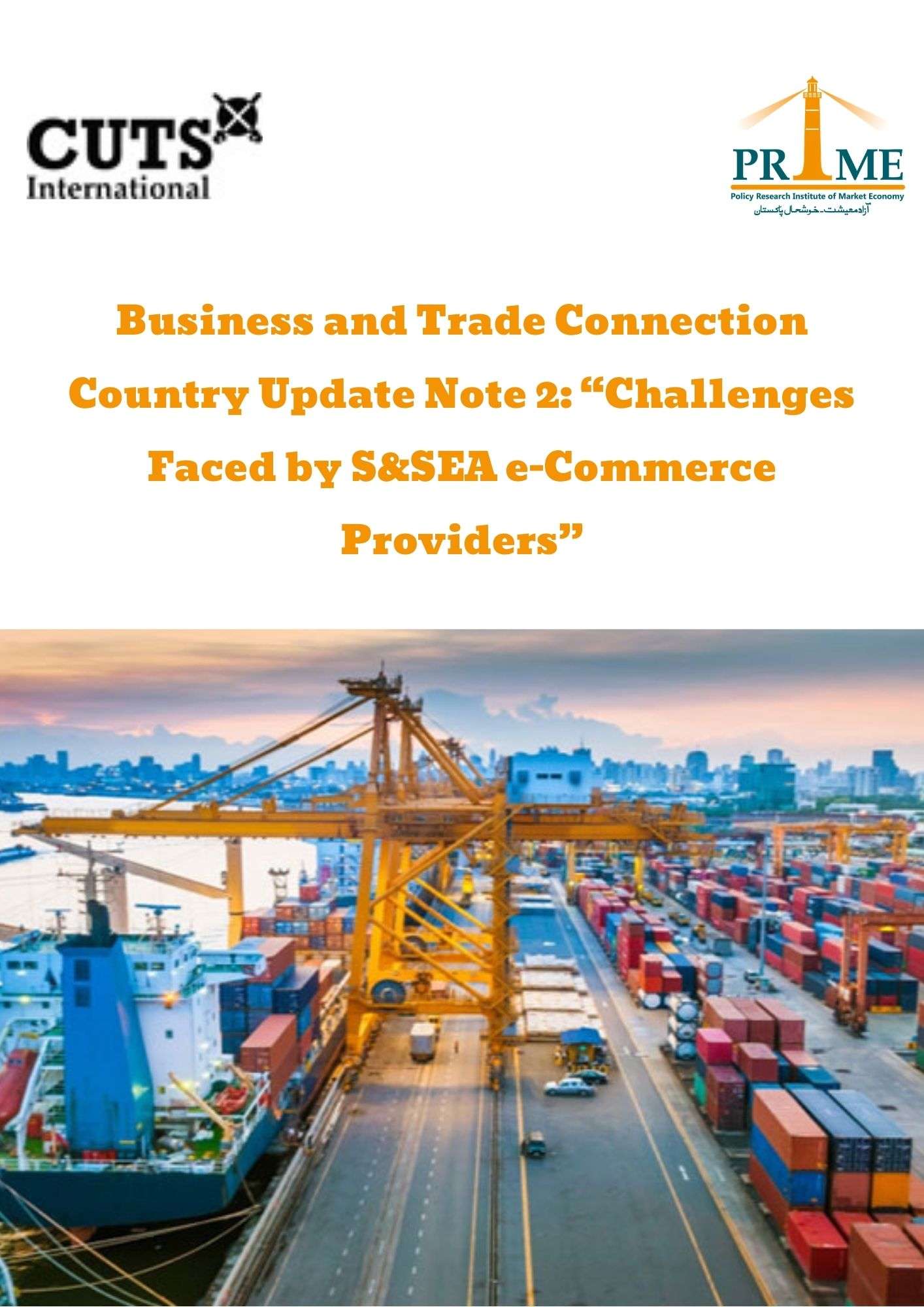Perspectives on the Trade’s Impact on Economic Transformation and People’s Wellbeing
IMF Resident Representative to Pakistan, Esther Pérez Ruiz
Good morning everyone. Thank you very much to the Economic Advisory Group, PRIME, and the
Friedrich Naumann Foundation, for the opportunity to be part of today’s launch of the report on
Trade and Connectivity. I am very honored to participate in this panel with the Honorable
Minister for Commerce, your Excellency the Ambassador of the Republic of Indonesia,
Chairperson Economic Advisory Group, and Dr. Aadil Nakhoda from IBA Karachi.
Today’s theme greatly appeals to me as I have seen, in my life experience and as a professional,
how trade can really make a difference for people’s wellbeing.
Let me start with some family memories around trade that go back to my great-grandfather,
who at the turn of 20th century, lost in a wolf attack his most valuable asset, a horse carriage he
used to provide essential goods to isolated villages scattered around a remote valley in Spain.
Deprived of his livelihood, he migrated to Bilbao, which was at the time one the most the
prosperous and export-oriented cities in Spain. So, after many years of hard work, he managed
to set up a company to export tiles, on a small scale, to the rest of Spain, Portugal and France…
Click below to read full report:
Remarks by Ms. Esther Perez Ruiz on Trade Connectivity Event
For inquiries, please contact info@primeinstitute.org or call at 03330588885.


